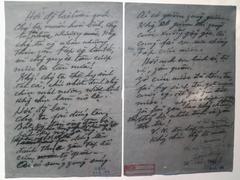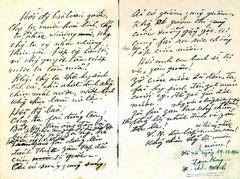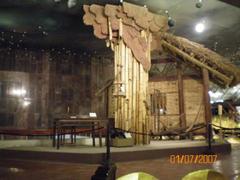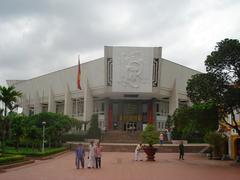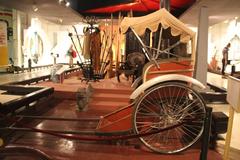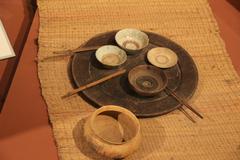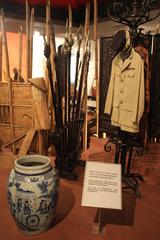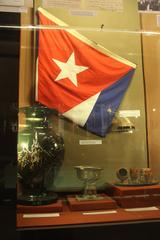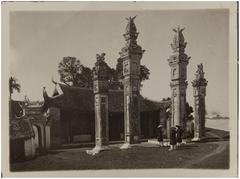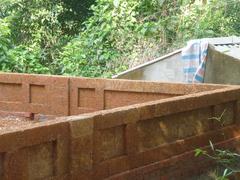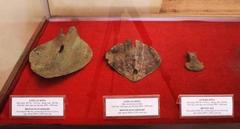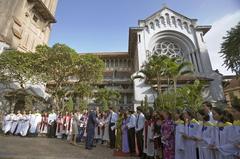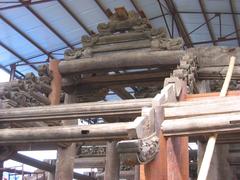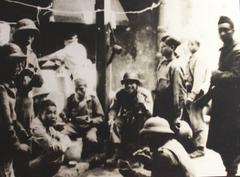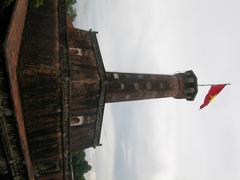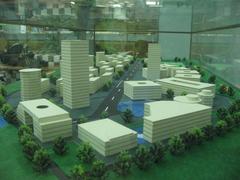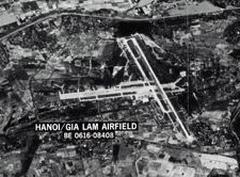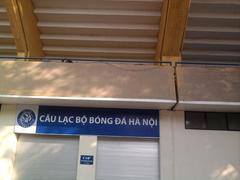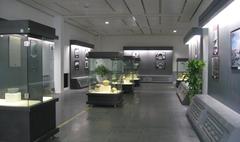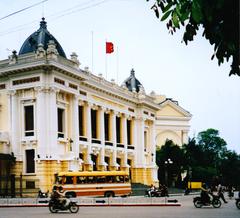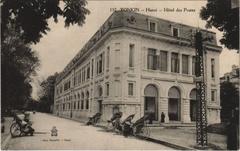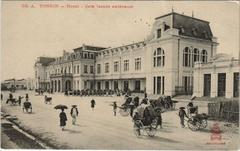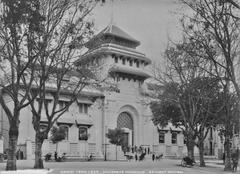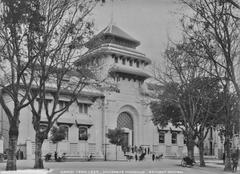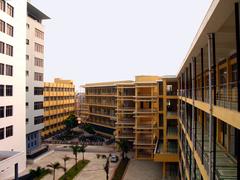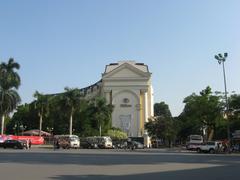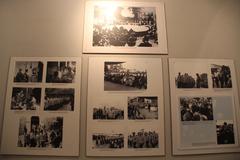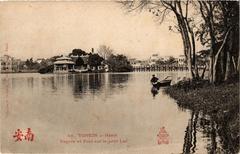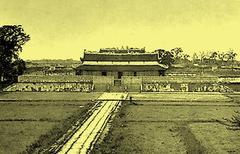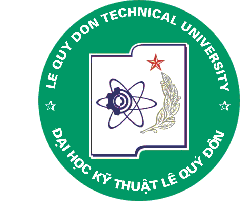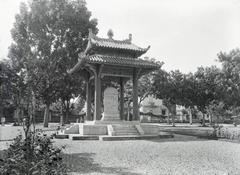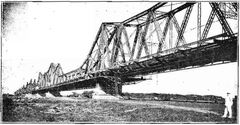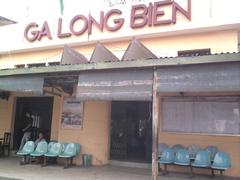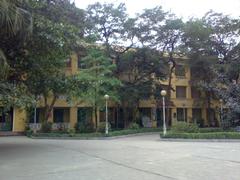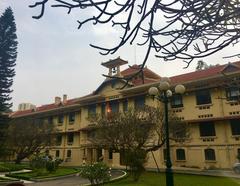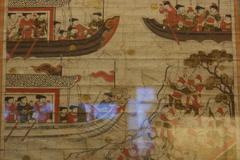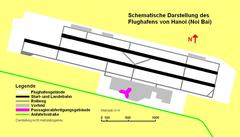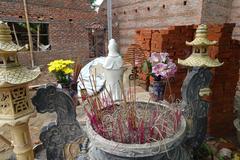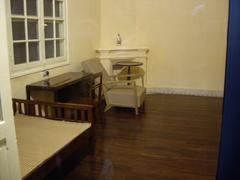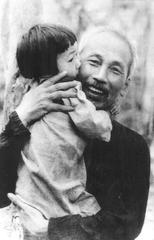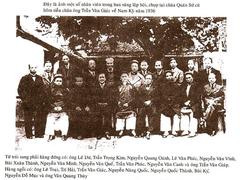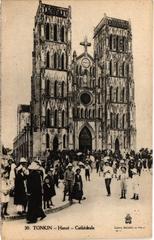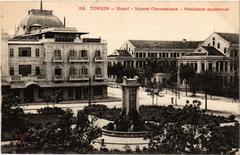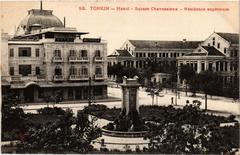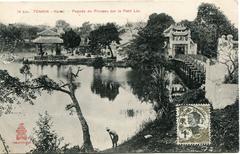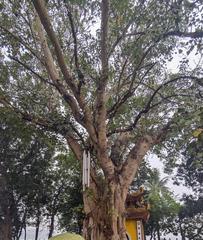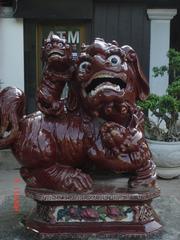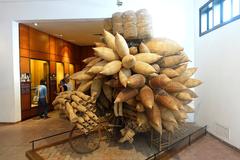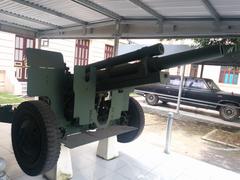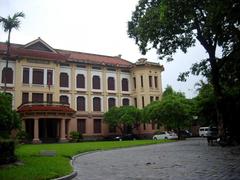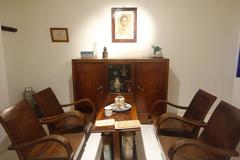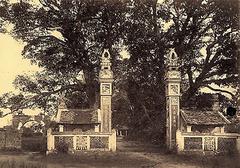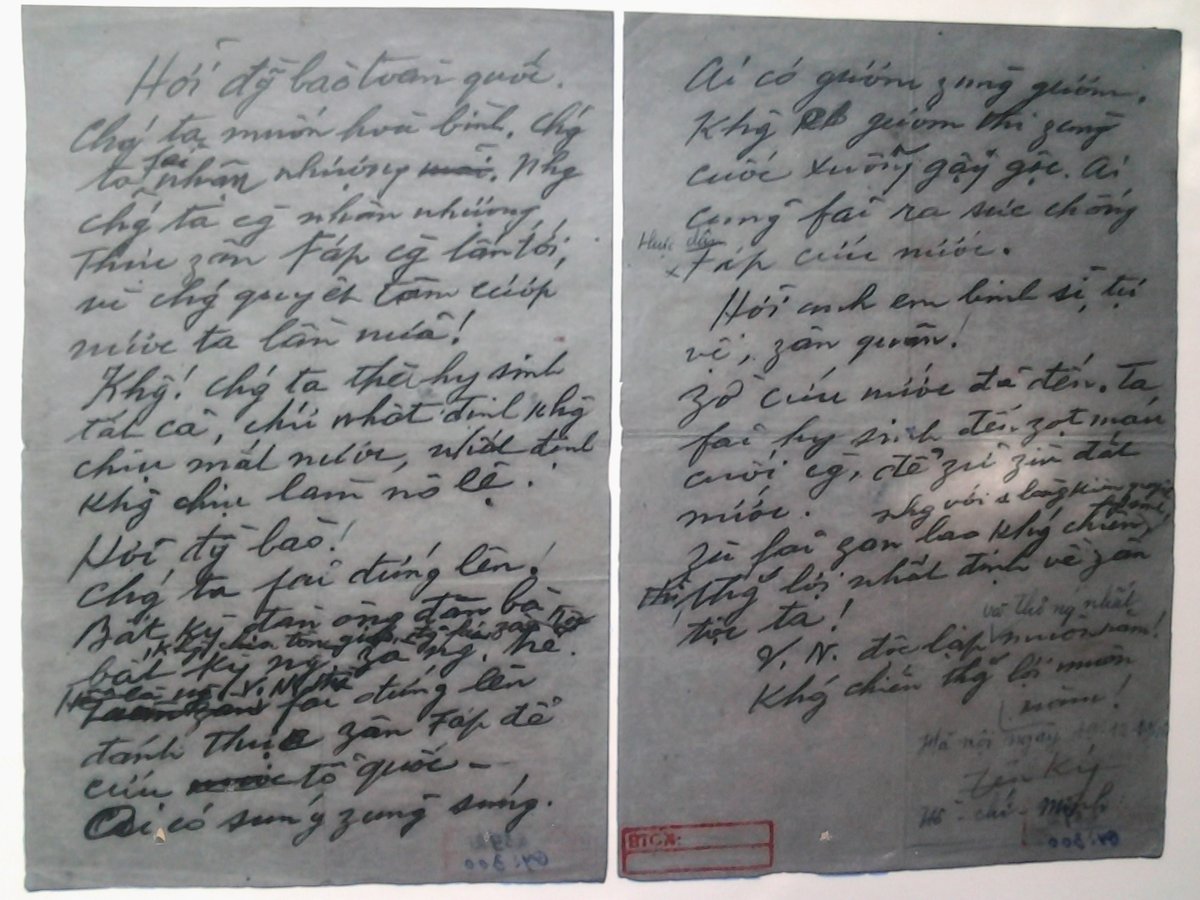
Ho Chi Minh Museum Hanoi: Visiting Hours, Tickets, and Travel Guide
Date: 14/06/2025
Introduction
The Ho Chi Minh Museum in Hanoi stands as a vital landmark for anyone seeking to understand Vietnam’s modern history and the enduring legacy of President Ho Chi Minh. Located at 19 Ngoc Ha Street in Ba Dinh District, the museum forms a central part of the Ho Chi Minh Mausoleum Complex—together with the Mausoleum, Presidential Palace, and One Pillar Pagoda—underscoring its national and cultural significance. Established in 1990 to commemorate the centenary of Ho Chi Minh’s birth, the museum offers a comprehensive journey through the revolutionary leader’s life and Vietnam’s path to independence (VNITourist; Asia King Travel).
Distinctive in its design, the museum features a modernist interpretation of a white lotus flower, symbolizing purity and dedication—traits closely associated with Ho Chi Minh. Inside, more than 170,000 artifacts, documents, and multimedia exhibits narrate the dramatic and transformative story of Vietnam’s 20th-century revolutionary history (Vietnam Discovery; History Hit).
This guide provides everything you need to plan your visit, including practical information about opening hours, tickets, accessibility, travel tips, highlights of the museum’s exhibits, and notable nearby attractions.
Origins and Historical Significance
The idea for the Ho Chi Minh Museum was conceived soon after Ho Chi Minh’s death in 1969, when the Communist Party of Vietnam’s Politburo sought to honor his contributions to the nation (History Hit). After nearly two decades of planning and construction, the museum was inaugurated on May 19, 1990, the 100th anniversary of his birth (VNITourist). Its mission extends beyond memorialization; it is a center for education, reflection, and national pride, chronicling not only Ho Chi Minh’s life but also the collective struggles and triumphs of the Vietnamese people.
Architectural Features
Symbolism and Design
The museum’s architecture is a striking example of late 20th-century Vietnamese monumental design, with a structure meant to evoke the image of a white lotus—a symbol of purity and enlightenment in Vietnamese culture (Vietnam Paradise Travel). The building spans three floors, constructed with materials sourced from across Vietnam to represent unity and collective respect (Vietnam Discovery). Artistic lotus motifs, murals, and sculptures enrich the space, while the layout encourages contemplation and reflection.
Exhibition Highlights and Museum Layout
Chronological and Thematic Structure
The museum’s exhibits are organized into eight chronological zones, each representing a distinct phase of Ho Chi Minh’s life and the Vietnamese revolutionary movement (Wikipedia):
- Zone 1: Ho Chi Minh’s early life and formative influences, including his childhood in Sen Village and early education (VNITourist).
- Zone 2: Vietnam’s resistance under Ho Chi Minh’s leadership, highlighting the struggle for independence and the sacrifices made by the people.
- Zone 3: The global context of Ho Chi Minh’s revolution, including his international travel and connections with world liberation movements.
- Zones 4 & 5: Ho Chi Minh’s adoption of Marxism-Leninism and the founding of the Vietnamese Communist Party.
- Zones 6 & 7: Leadership during the First Indochina War and the early years of the Vietnam War.
- Zone 8: Ho Chi Minh’s legacy and enduring status as a national hero.
Artifacts and Interactive Experiences
The museum houses over 170,000 artifacts, including personal belongings, photographs, documents, revolutionary memorabilia, and diplomatic gifts (Wikipedia). Notable exhibitions include:
- Artifacts from the Dien Bien Phu Victory (Hanoi Times)
- Personal items such as Ho Chi Minh’s letters, typewriter, and iconic clothing
- Multimedia installations, original film footage, and interactive discovery spaces for visitors of all ages (GuideToHanoi)
Practical Visitor Information
Visiting Hours
- Open: Tuesday, Wednesday, Thursday, Saturday, Sunday
- Closed: Mondays and Fridays
- Morning: 8:00 AM – 11:30 AM
- Afternoon: 2:00 PM – 4:30 PM
(Asia King Travel; BDATrip)
Tickets
- Standard ticket: 40,000 VND (~$1.60 USD)
- Vietnamese citizens: Free admission
- Children under 6 and veterans: Free
(VNITourist; GuideToHanoi)
Tickets are purchased at Gate 19, Ngoc Ha Street. Large groups are advised to arrange ticketing in advance.
Getting There and Accessibility
Location
The museum is centrally located at 19 Ngoc Ha Street, Ba Dinh District, Hanoi (Asia King Travel; BDATrip). It is within the political and historical heart of Hanoi, adjacent to Ba Dinh Square.
Transportation
- Public Bus: Buses 9, 14, 18, 22, 23, 33, 45, and 50 stop nearby (IZITour).
- Taxi/Ride-Hailing: Grab and other apps provide direct service to the museum.
- Walking/Bicycle: The museum is about 2.5 km from Hanoi’s Old Quarter, suitable for a scenic walk or ride (LocalVietnam).
Accessibility
The museum is wheelchair accessible, with ramps, elevators, and adapted restrooms on the ground floor (Asia King Travel). Some older sections may have limited access; contact the museum in advance for specific needs.
Visitor Tips and Conduct
- Arrive Early: Mornings and weekday afternoons are less crowded.
- Dress Code: Modest and respectful attire is expected.
- Photography: Allowed in most areas (no flash/tripods); in some sections, bags and cameras must be checked at reception (LocalVietnam).
- Behavior: Maintain decorum as the museum is a site of national reverence.
- Plan Ahead: Allocate 1–2 hours for a thorough visit and combine with other nearby attractions.
Guided Tours and Languages
Guided tours and audio guides are available in Vietnamese, English, and French (Wikipedia). It is advisable to book tours at the reception for deeper insight.
Dining, Facilities, and Souvenirs
- Dining: Options range from street food vendors opposite the entrance to upscale restaurants in nearby hotels (BDATrip).
- Facilities: Lockers, restrooms, and information desks are available on each floor.
- Souvenirs: The museum shop offers books, memorabilia, and educational materials.
Best Time to Visit
The optimal period is between October and April, when Hanoi’s weather is cooler and drier (GoVietTrip). Avoid visiting on weekends, public holidays, and major Vietnamese festivals for a quieter experience.
Nearby Hanoi Historical Sites
Take advantage of the museum’s location to explore other major sites:
- Ho Chi Minh Mausoleum: Final resting place, a few steps away (IZITour)
- One Pillar Pagoda: Iconic Buddhist temple nearby
- Presidential Palace and Ho Chi Minh’s Stilt House: Within the complex
- Imperial Citadel of Thang Long: UNESCO World Heritage site, 1 km away
- Temple of Literature: Vietnam’s first university, a short ride south (LocalVietnam)
FAQ
Q: What are the Ho Chi Minh Museum visiting hours?
A: Tuesday, Wednesday, Thursday, Saturday, Sunday: 8:00 AM–11:30 AM and 2:00 PM–4:30 PM. Closed Mondays and Fridays.
Q: How much are tickets?
A: 40,000 VND for foreigners; Vietnamese citizens enter free.
Q: Is the museum wheelchair accessible?
A: Yes, with ramps and elevators.
Q: Are guided tours available?
A: Yes, in Vietnamese, English, and French.
Q: Is photography allowed?
A: Allowed in most areas without flash or tripods. Some sections require bags and cameras to be checked.
Q: What else can I see nearby?
A: The Ho Chi Minh Mausoleum, One Pillar Pagoda, Presidential Palace, Imperial Citadel of Thang Long, and Temple of Literature.
Conclusion
The Ho Chi Minh Museum is an essential stop in Hanoi for those seeking to explore Vietnam’s revolutionary history and the legacy of one of its greatest leaders. With its symbolic architecture, immersive exhibits, and prime location within the Ho Chi Minh Complex, the museum offers a comprehensive, accessible, and moving visitor experience. Plan your visit during less crowded times, take advantage of guided tours, and explore surrounding historical treasures to make the most of your journey through Vietnamese history.
For real-time updates, travel tips, and personalized recommendations, download the Audiala app and follow us on social media.
